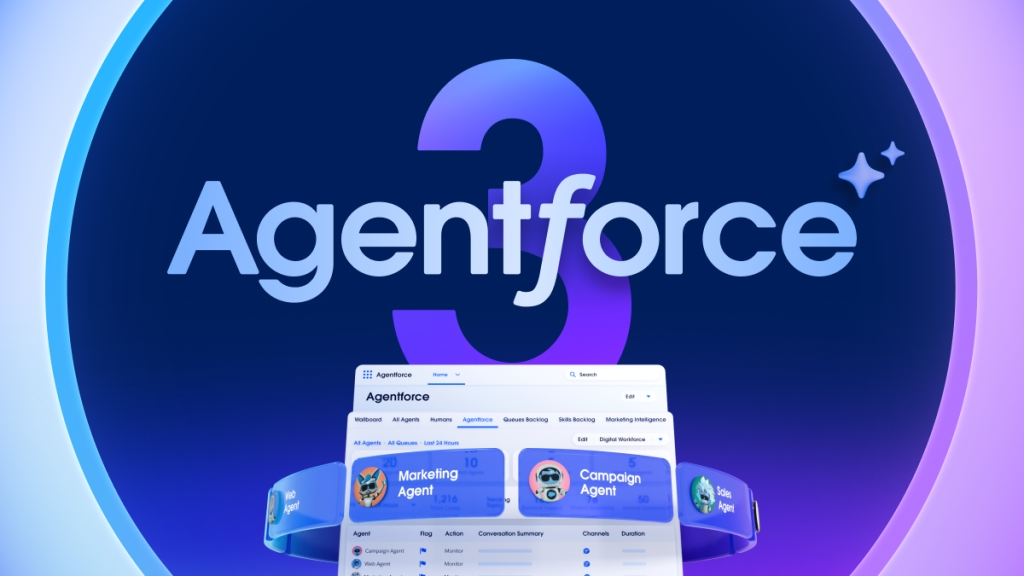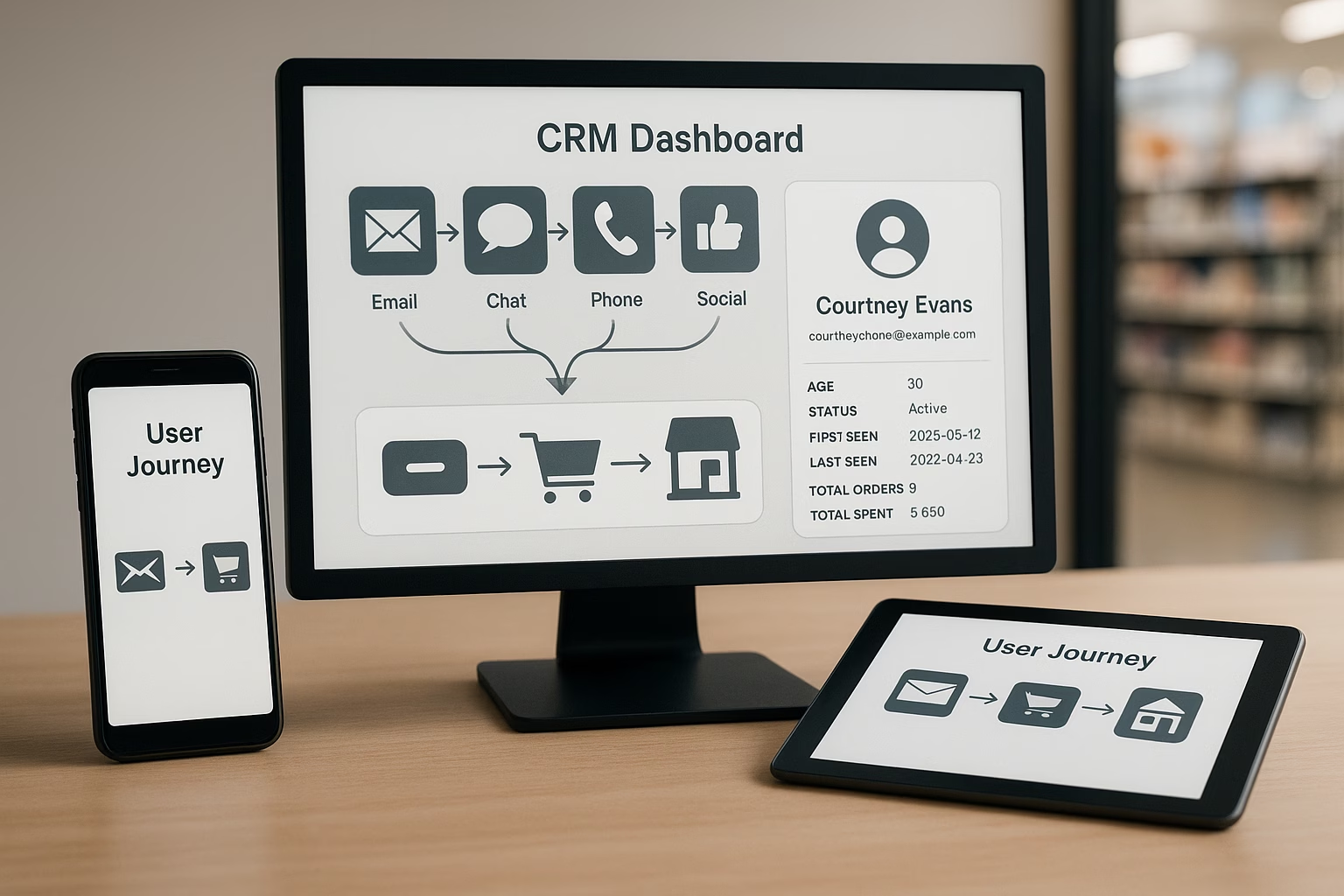It usually starts with good intentions. A new platform promises to streamline workflows, enhance customer engagement, or provide sharper analytics. The demo is slick, the interface clean, the sales pitch reassuring. So, you invest. But months later, not much has changed. Processes are still fragmented, teams remain siloed, and the customer experience isn’t noticeably better. The issue isn’t the tool, it’s the assumption that tech alone can fix process problems.
We’ve seen it many times. New software is brought in to solve a team’s inefficiencies, only to expose the deeper issue: no shared process, unclear ownership, poor data hygiene, or a lack of cross-team alignment. Technology might highlight these problems, but it won’t solve them. Not unless the business is willing to do the harder work of defining how things should work first.
Too many tools, too little strategy
If it feels like your tech stack is growing faster than your actual capabilities, you’re not imagining things. As of 2025, there are over 15,000 products available in MarTech alone (up 9% from the year before). No, that’s not a typo (here’s the source). The sheer scale of options leads many companies to chase “best of breed” tools, adding point solutions for specific needs without considering long-term fit. The result? Bloat. One report found that large enterprises use an average of 664 different applications across departments. Even small and midsize companies average over 170 tools. And yet, many of these tools overlap. Nearly 51% of SMB marketers admit they’re stuck with redundant martech: multiple tools doing the same job, none of them fully integrated.
There’s also the emotional element. Leaders often make tech decisions based on familiarity or personal bias. One team loves Tool A because they’ve used it before. Another refuses Tool B because of a poor past experience. Procurement may prefer whatever is cheapest. And somewhere along the way, no one asks whether these tools actually align with the wider strategy or existing systems. Sound familiar?
You can’t automate your way out of a broken process
Automation is often seen as a shortcut to efficiency. But if the underlying process is unclear, inconsistent, or poorly managed, automation simply accelerates the mess. It creates the illusion of progress while reinforcing outdated or ineffective ways of working. Before introducing automation, it’s worth asking: what exactly are we trying to scale? If roles aren’t clearly defined, if steps vary from team to team, or if key decisions rely on guesswork, adding a tool won’t solve those issues. It will only make them harder to see. Processes need clarity before they need speed. Without that foundation, automation can become a distraction, one that draws focus away from the real work of aligning teams, tightening workflows, and designing systems that actually make sense.
We’ve worked with companies that invested heavily in sales automation but lacked a clear lead qualification model. Or teams with sophisticated service platforms, but no consistent escalation path. Turns out the tools weren’t the problem, the missing process was. Don’t risk being one of those companies.
Here’s what good looks like
The best-performing organisations don’t necessarily have the most tools. They have the clearest systems. They know how data moves across departments. They’ve defined who owns what. And they audit their tech stack regularly, not just to trim costs, but to ensure every tool has a purpose. It starts with alignment: aligning people, process, and platform. Not the other way around. Your CRM doesn’t need to be perfect out of the box, but it does need to reflect your business logic. The same goes for marketing platforms, service desks, or analytics dashboards. If your business runs on improvisation, no platform will fix it. So, before adding anything new, ask a few hard questions (and if the answers aren’t clear, you’re probably not ready to invest):
- Do we have a clear, documented process this tool is meant to support?
- Is there already a tool in our stack that can do this?
- What happens if we don’t buy this at all?
- Who will own it, maintain it, and ensure adoption?
- How will we measure its actual impact?
At Sirocco, we work with companies to untangle their tech mess. Not by replacing everything, but by starting with clarity. We help teams map processes, define roles, and get their data flowing across platforms. Only then do we look at where new tools might add value. And often, the right answer isn’t something new but getting more from what you already have. Our teams have worked with leading technology for 15+ years. We know what works and what doesn’t, and we pride ourselves on being customer-focused and vendor-agnostic.
Digital transformation doesn’t begin with procurement. It begins with process. Because no matter how shiny the tool, it won’t fix what you haven’t yet defined. Want to take a look at your ambitions and challenges together? We’re here!
Meta Description:
Many businesses invest in new tech to fix broken processes—only to end up with bloated, underused stacks. Discover why aligning process before platform is the smarter move.
LinkedIn Caption:
Buying the latest tool won’t solve a process problem. In fact, it might just make the mess faster. Our latest post digs into why more tech isn’t always the answer—and how to avoid common stack mistakes by starting with clarity, not complexity. Let’s stop buying software for problems we haven’t defined.










